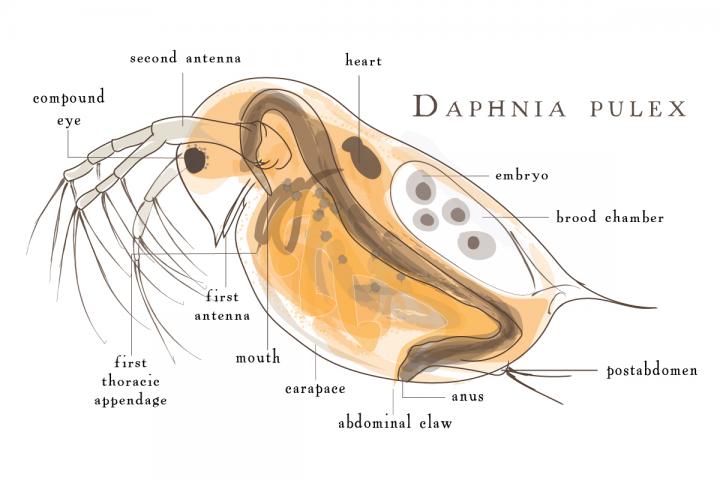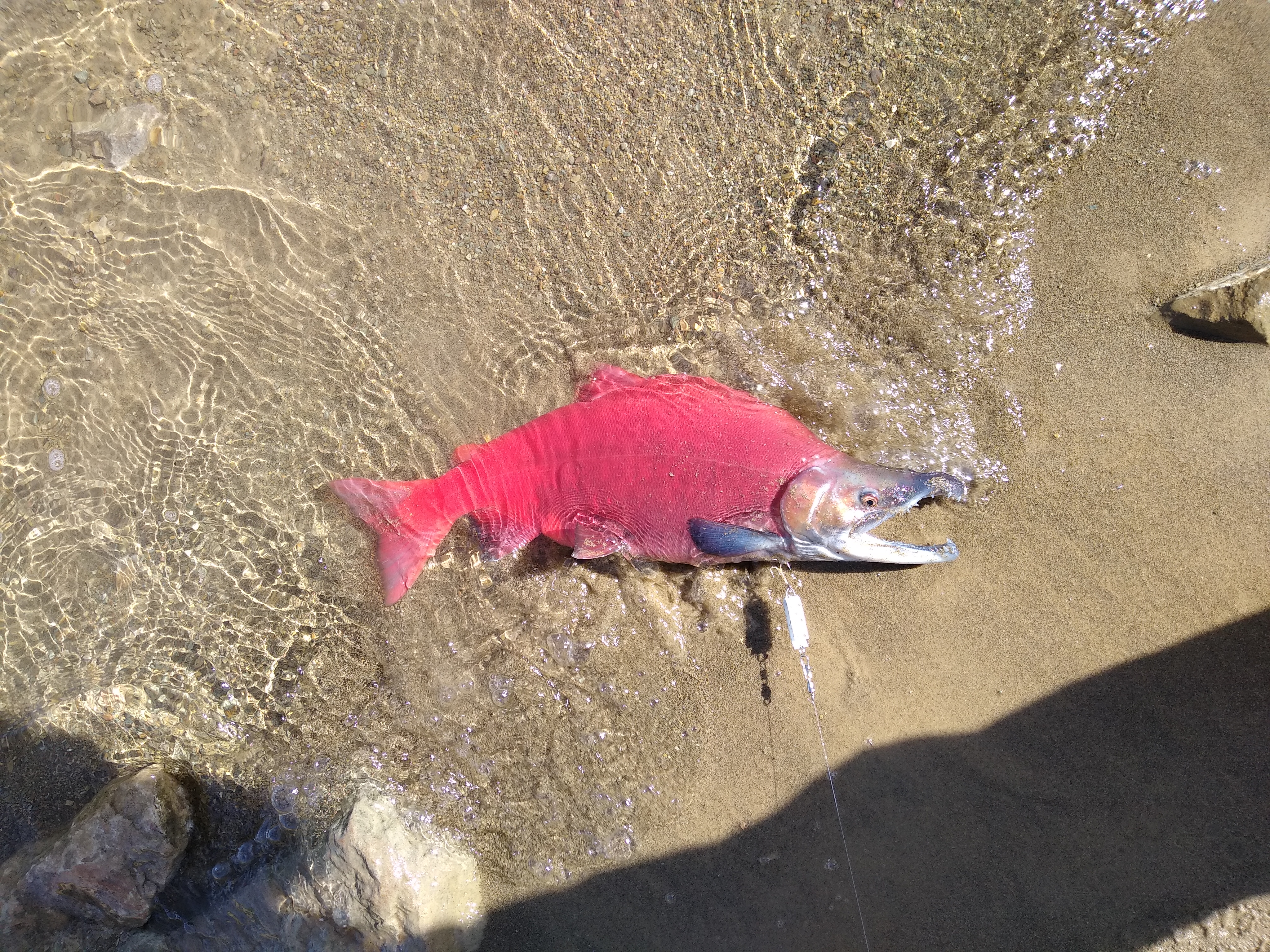|
Lake Akan
is a lake in Kushiro, Hokkaidō, Japan. It is located in Akan National Park and is a Ramsar Site. History Volcanic activity formed the lake some 6,000 years ago, when a lava dam was formed. The lake used to have a clarity of 8–9 meters in the 1930s. Pollution from local hotspring resorts has decreased the transparency to 3–4 meters. Flora and fauna The lake is famous for the marimo (''Aegagropila linnaei''), aggregations of algae that form into spherical shapes 2–30 cm in diameter. Other flora of the lake include the following: *Phragmites communis *Nuphar sp. *Potamogeton crispus *Hydrilla verticillata *Myriophyllum verticillatum *Vallisneria gigantea * Melosira italica *Asterionella formosa * Synedra Kokanee salmon (''Oncorhynchus nerka'') are native to Lake Akan. Other fauna of the lake include the following: *Zooplankton: **Daphnia longiremis **Bosmina coregoni **Eurytemora affinis *Bottom: **Chironomus plumosus **Tubificidae *Fish: **Cyprinus carpio **Carassius ... [...More Info...] [...Related Items...] OR: [Wikipedia] [Google] [Baidu] |
Marimo
Marimo (also known as Cladophora ball, moss ball, or lake ball) is a rare growth form of ''Aegagropila linnaei'' (a species of filamentous green algae) in which the algae grow into large green balls with a velvety appearance. The species can be found in a number of lakes and rivers in Japan and Northern Europe. Colonies of marimo balls are known to form in Japan and Iceland Iceland ( is, Ísland; ) is a Nordic island country in the North Atlantic Ocean and in the Arctic Ocean. Iceland is the most sparsely populated country in Europe. Iceland's capital and largest city is Reykjavík, which (along with its s ..., but their population has been declining. Classification and name Marimo were first described in the 1820s by Anton Eleutherius Sauter, Anton E. Sauter, found in Lake Zell, Austria. The genus ''Aegagropila'' was established by Friedrich Traugott Kützing, Friedrich T. Kützing (1843) with ''A. linnaei'' as the type species based on its formation of spherical ag ... [...More Info...] [...Related Items...] OR: [Wikipedia] [Google] [Baidu] |
Mount Oakan
is a stratovolcano located in Akan National Park in Hokkaidō, Japan. Geography and geology Mount Oakan sits in the Akan caldera northeast of Lake Akan. The volcano rises some above the surrounding terrain. The top of the volcano is above sea level. The volcanic cone is some in diameter. There are three explosion craters at the summit. At at about , there is a fumarole. The volcano is made mostly from non-alkali mafic volcanic rock. The main rock type is andesite and dacite. History Mount Oakan emerged in the Late Pleistocene dropping pumice on Minamishikata. After that, continuous lava flows formed the bulk of the volcano. In the final stages of its life, a parasitic volcano formed a lava dome at the summit. According to its name and local legend, Mount Oakan is the male counterpart to Mount Meakan is an active stratovolcano located in Akan National Park in Hokkaidō, Japan. It is the tallest mountain in the Akan Volcanic Complex. The volcano consists of nine overlapp ... [...More Info...] [...Related Items...] OR: [Wikipedia] [Google] [Baidu] |
Potamogeton Crispus
''Potamogeton crispus'', the crisp-leaved pondweed, curly pondweed, curly-leaf pondweed or curled pondweed, is a species of aquatic plant (hydrophyte) native to Eurasia but an introduced species and often a noxious weed in North America. Description Curly-leaf pondweed is a rhizome, rhizomatous perennial herb producing a flattened, branching stem up to a meter long. The submerged leaves are alternately arranged. The leaves are sessile, linear or oblong in shape, long and wide. The leaves may be bright green, olive green or (especially later in the season) fibrous and brownish and have noticeably serrated margins, a feature that distinguishes them from other pondweeds. The leaves usually have wavy edges but this is not always apparent, especially on new growth. Turion (botany), Turions occur in leaf axils and at stem tips. The inflorescence is a short spike of flowers emerging above the water surface. It flowers from May until October. The turions of the plant develop along w ... [...More Info...] [...Related Items...] OR: [Wikipedia] [Google] [Baidu] |
Cyprinus Carpio
The Eurasian carp or European carp (''Cyprinus carpio''), widely known as the common carp, is a widespread freshwater fish of eutrophic waters in lakes and large rivers in Europe and Asia.Fishbase''Cyprinus carpio'' Linnaeus, 1758/ref>Arkive The native wild populations are considered Vulnerable species, vulnerable to extinction by the International Union for Conservation of Nature (IUCN), but the species has also been Domestication, domesticated and Introduced species, introduced (see aquaculture) into environments worldwide, and is often considered a destructive invasive species, being included in the list of the world's 100 worst invasive species. It gives its name to the carp family, Cyprinidae. Taxonomy The two subspecies are: * ''Cyprinus carpio carpio'', native to much of Europe (notably the Danube and Volga rivers)Jian Feng Zhou, Qing Jiang Wu, Yu Zhen Ye & Jin Gou Tong (2003). Genetic divergence between ''Cyprinus carpio carpio'' and ''Cyprinus carpio haematopterus'' as a ... [...More Info...] [...Related Items...] OR: [Wikipedia] [Google] [Baidu] |
Tubificidae
The Naididae (including the former family Tubificidae) are a family of clitellate oligochaete worms like the sludge worm, ''Tubifex tubifex''. They are key components of the benthic communities of many freshwater and marine ecosystems. In freshwater aquaria they may be referred to as detritus worms. Description These worms can vary in size, from centimeters to millimeters, depending on the subfamily. They are all hermaphroditic and lack a larval stage. Taxonomy Analysis of 18S rDNA sequences revealed that the tradition family Tubificidae is not monophyletic, with the traditionally circumscribed Naididae nested within tubidicid taxa. To avoid paraphyly the naidid and tubificid taxa were included in a combined family, which took the name Naididae because it has priority under ''International Code of Zoological Nomenclature'' rules as the senior synonym of Tubificidae. A proposal to the International Commission on Zoological Nomenclature to suppress Naididae, because the "tubifici ... [...More Info...] [...Related Items...] OR: [Wikipedia] [Google] [Baidu] |
Chironomus Plumosus
''Chironomus plumosus'', also known as the buzzer midge, is a species of Chironomidae, nonbiting midge (Chironomidae) that occurs throughout areas in the Northern Hemisphere. Description Adult Adults are pale green with brown legs and grow to . Males have feathery antenna (biology), antennae, while females' antennae are sleek. A dark brown band is seen at the end of each abdominal segment. Adults of the sibling species ''C. muratensis'' and ''C. nudiventris'' cannot be distinguished from ''C. plumosus'' based on morphological characters. Immature The larvae are called bloodworms because some larvae are bright red, but they can also be found in brown and almost black. When the larva pupate, they drift towards the surface, making them vulnerable to many types of fish. Other common predators include the Notonecta glauca, common backswimmer (''Notonecta glauca''), Gerris lacustris, common pondskater (''Gerris lacustris''), common toad (''Bufo bufo''), lesser water boatman (''Corixa ... [...More Info...] [...Related Items...] OR: [Wikipedia] [Google] [Baidu] |
Eurytemora Affinis
''Eurytemora'' is a genus of copepods in the family Temoridae. The World Register of Marine Species lists the following species: Species *''Eurytemora affinis'' (Poppe, 1880) *'' Eurytemora americana'' Williams, 1906 *'' Eurytemora arctica'' Wilson M.S. & Tash, 1966 *'' Eurytemora asymmetrica'' Smirnov, 1935 *'' Eurytemora bilobata'' Akatova, 1949 *'' Eurytemora brodskyi'' Kos, 1993 *'' Eurytemora canadensis'' Marsh, 1920 *'' Eurytemora carolleeae'' Alekseev & Souissi, 2011 *'' Eurytemora caspica'' Sukhikh & Alekseev, 2013 *'' Eurytemora clausii'' (Hoek, 1876) *'' Eurytemora composita'' Keiser, 1929 *'' Eurytemora foveola'' Johnson M.W., 1961 *'' Eurytemora gracilicauda'' Akatova, 1949 *'' Eurytemora gracilis'' (Sars G.O., 1898) *''Eurytemora grimmi'' (Sars G.O., 1897) *'' Eurytemora herdmani'' Thompson I.C. & Scott A., 1897 in Thompson, Scott & Herdman, 1897 *'' Eurytemora kurenkovi'' Borutsky, 1961 *'' Eurytemora lacinulata'' (Fischer, 1853) *'' Eurytemora lacustris'' (Poppe, 18 ... [...More Info...] [...Related Items...] OR: [Wikipedia] [Google] [Baidu] |
Bosmina Coregoni
''Bosmina'' is a genus in the order Cladocera, the water fleas. Its members can be distinguished from those of '' Bosminopsis'' (the only other genus in the family Bosminidae) by the separation of the antennae; in ''Bosminopsis'', the antennae are fused at their bases. ''Bosmina'' are filter feeders consuming algae and protozoans about 1–3 μm long. ''Bosmina'' are known to have a dual feeding mechanism. They can filter the water using their second and third legs and the first leg will grab the particles. The second and third legs have small setules attached to the seta to make a mesh-like structure for filtering. Species list *'' Bosmina affinis'' *'' Bosmina arctica'' *'' Bosmina berolinensis'' *'' Bosmina bohemica'' *'' Bosmina brevirostris'' *'' Bosmina cederstroemi'' *''Bosmina chilensis'' *''Bosmina coregoni'' *'' Bosmina crassicornis'' *''Bosmina curvirostris'' *''Bosmina diaphana'' *''Bosmina fatalis'' *''Bosmina freyi'' *''Bosmina gibbera'' *''Bosmina globosa'' ... [...More Info...] [...Related Items...] OR: [Wikipedia] [Google] [Baidu] |
Daphnia Longiremis
''Daphnia'' is a genus of small planktonic crustaceans, in length. ''Daphnia'' are members of the order Anomopoda, and are one of the several small aquatic crustaceans commonly called water fleas because their saltatory swimming style resembles the movements of fleas. ''Daphnia'' spp. live in various aquatic environments ranging from acidic swamps to freshwater lakes and ponds. The two most commonly found species of ''Daphnia'' are '' D. pulex'' (small and most common) and '' D. magna'' (large). They are often associated with a related genus in the order Cladocera: ''Moina'', which is in the Moinidae family instead of the Daphniidae, and is much smaller than ''D. pulex'' (roughly half the maximum length). Appearance and characteristics The body of a ''Daphnia'' species is usually long, and is divided into segments, although this division is not visible. The head is fused, and is generally bent down towards the body with a visible notch separating the two. I ... [...More Info...] [...Related Items...] OR: [Wikipedia] [Google] [Baidu] |
Kokanee Salmon
The kokanee salmon (''Oncorhynchus nerka''), also known as the kokanee trout, little redfish, silver trout, kikanning, Kennerly's salmon, Kennerly's trout, or Walla, is the non-anadromous form of the sockeye salmon (meaning that they do not migrate to the sea, instead living out their entire lives in freshwater). There is some debate as to whether the kokanee and its sea-going relative are separate species; geographic isolation, failure to interbreed, and genetic distinction point toward a recent divergence in the history of the two groups. The divergence most likely occurred around 15,000 years ago when a large ice melt created a series of freshwater lakes and rivers across the northern part of North America. While some members of the salmon and trout family (salmonids) went out to sea (anadromous), others stayed behind in fresh water (non-anadromous). The separation of the sockeye and the kokanee created a unique example of sympatric speciation that is relatively new in evolutiona ... [...More Info...] [...Related Items...] OR: [Wikipedia] [Google] [Baidu] |
Asterionella Formosa
''Asterionella formosa'' is a species of diatom belonging to the family Tabellariaceae. It has cosmopolitan distribution In biogeography, cosmopolitan distribution is the term for the range of a taxon that extends across all or most of the world in appropriate habitats. Such a taxon, usually a species, is said to exhibit cosmopolitanism or cosmopolitism. The ext .... References {{Taxonbar, from=Q49600081 Fragilariophyceae ... [...More Info...] [...Related Items...] OR: [Wikipedia] [Google] [Baidu] |







